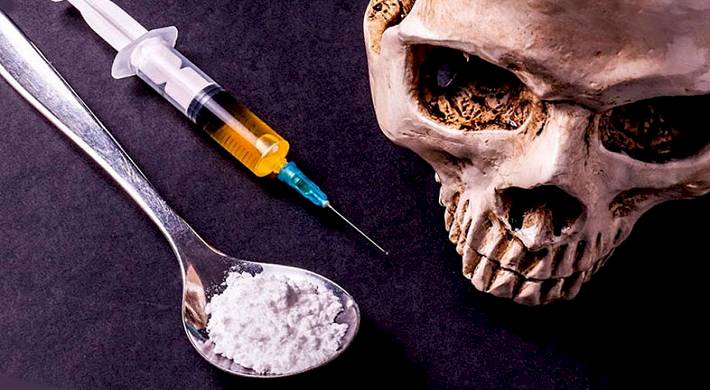
What is Krokodil?
Introduction
Krokodil, also known as desomorphine, is a synthetic opioid that has gained notoriety for its devastating effects on users. This highly addictive substance is often associated with severe health consequences and is infamous for causing flesh to rot at the injection site. Understanding Krokodil, its effects, and the treatment options for addiction is crucial for addressing the public health crisis it presents.
What is Krokodil?
Origin and Composition
Krokodil, a street name for desomorphine, is a synthetic opioid derived from codeine. It was first developed in Russia as a cheaper alternative to heroin. The drug is typically homemade, with users combining codeine tablets with toxic chemicals such as gasoline, paint thinner, iodine, hydrochloric acid, and red phosphorus. This dangerous concoction results in a highly impure and hazardous substance.
How It Works
Desomorphine, the active ingredient in Krokodil, is a powerful opioid agonist. It binds to the same receptors in the brain as heroin and other opioids, producing intense euphoria and pain relief. However, its effects are short-lived, leading to frequent and repeated use among addicts.
Effects and Side Effects
Short-Term Effects
The immediate effects of Krokodil are similar to other opioids, including euphoria, relaxation, and pain relief. However, these effects are accompanied by severe itching, which often leads users to scratch their skin raw. The high from Krokodil is short, usually lasting only a couple of hours, prompting frequent use.
Long-Term Effects
The long-term effects of Krokodil use are catastrophic. Prolonged use can cause severe tissue damage, resulting in gangrene and necrosis. The drug’s impurities cause blood vessels to rupture, leading to tissue death and the characteristic rotting flesh. Users often develop infections and abscesses, which can be fatal if untreated.

Psychological Effects
Like other opioids, Krokodil can cause significant psychological effects, including anxiety, depression, and paranoia. The drug’s addictive nature also leads to intense cravings and compulsive drug-seeking behavior, exacerbating the physical and mental toll on users.
Addiction Treatment
Detoxification
The first step in treating Krokodil addiction is detoxification, which involves managing withdrawal symptoms as the drug leaves the body. This process can be extremely challenging due to the severity of opioid withdrawal, which includes symptoms like nausea, vomiting, muscle pain, and intense cravings.
Medication-Assisted Treatment
Medication-assisted treatment (MAT) is a common approach for opioid addiction, including Krokodil. Medications such as methadone, buprenorphine, and naltrexone can help reduce cravings and withdrawal symptoms, making it easier for patients to focus on recovery. These medications are often combined with counseling and behavioral therapies to address the psychological aspects of addiction.

Rehabilitation Programs
Long-term rehabilitation programs are essential for Krokodil addiction recovery. These programs provide a structured environment where individuals can receive comprehensive care, including medical treatment, counseling, and support groups. Rehabilitation helps patients develop coping strategies, build a support network, and learn to live without relying on substances.
Aftercare and Support
Recovery from Krokodil addiction is a lifelong process. Aftercare programs, including outpatient therapy and support groups like Narcotics Anonymous, are crucial for maintaining sobriety. Ongoing support helps individuals navigate the challenges of post-rehabilitation life and prevents relapse.
Conclusion
Krokodil is a deadly synthetic opioid with severe health consequences. Its addictive nature and the extreme damage it causes to the body highlight the urgent need for effective treatment options. Addressing Krokodil addiction requires a comprehensive approach that includes detoxification, medication-assisted treatment, rehabilitation, and ongoing support. By understanding the dangers of Krokodil and promoting effective treatment strategies, we can help individuals overcome addiction and lead healthier lives.
Comments